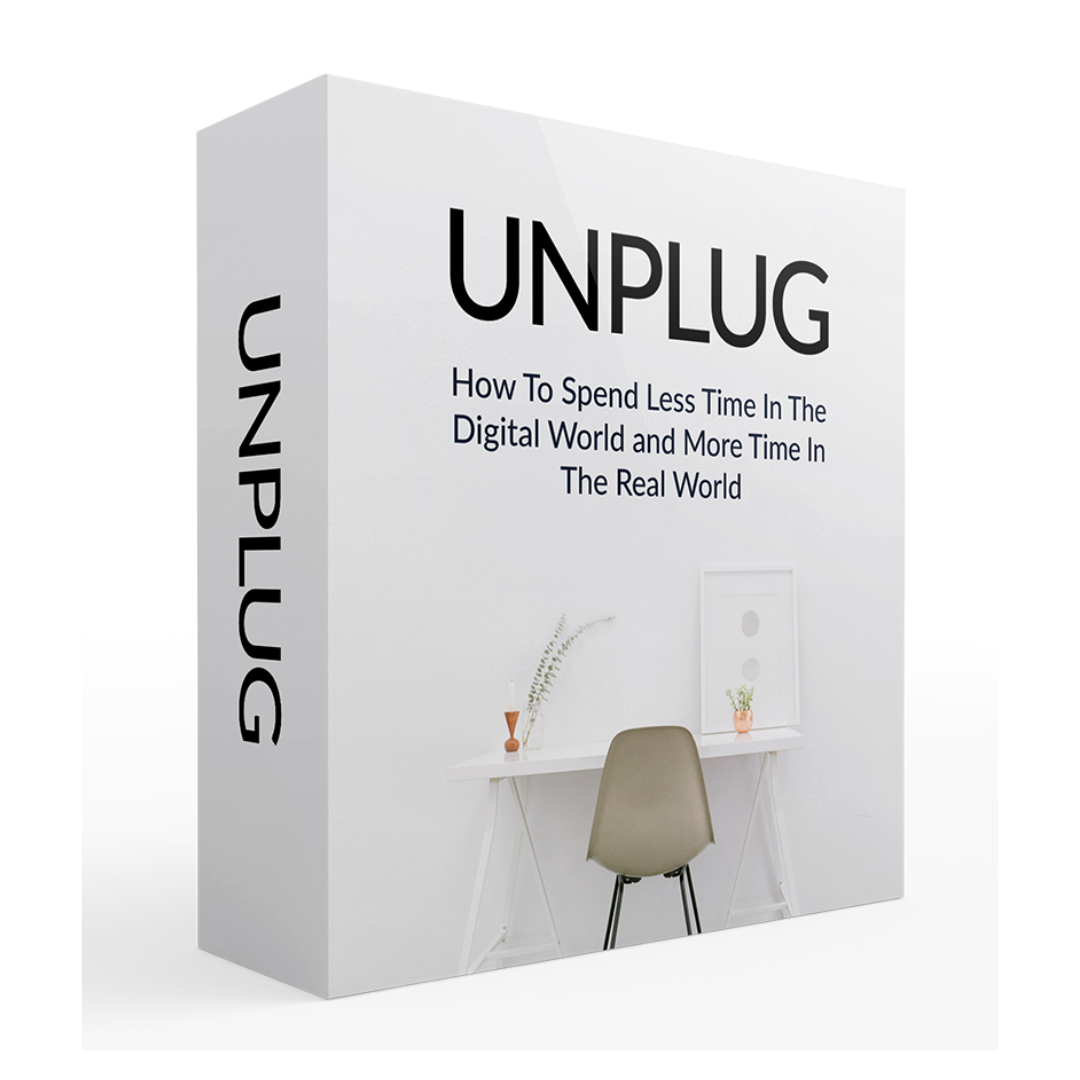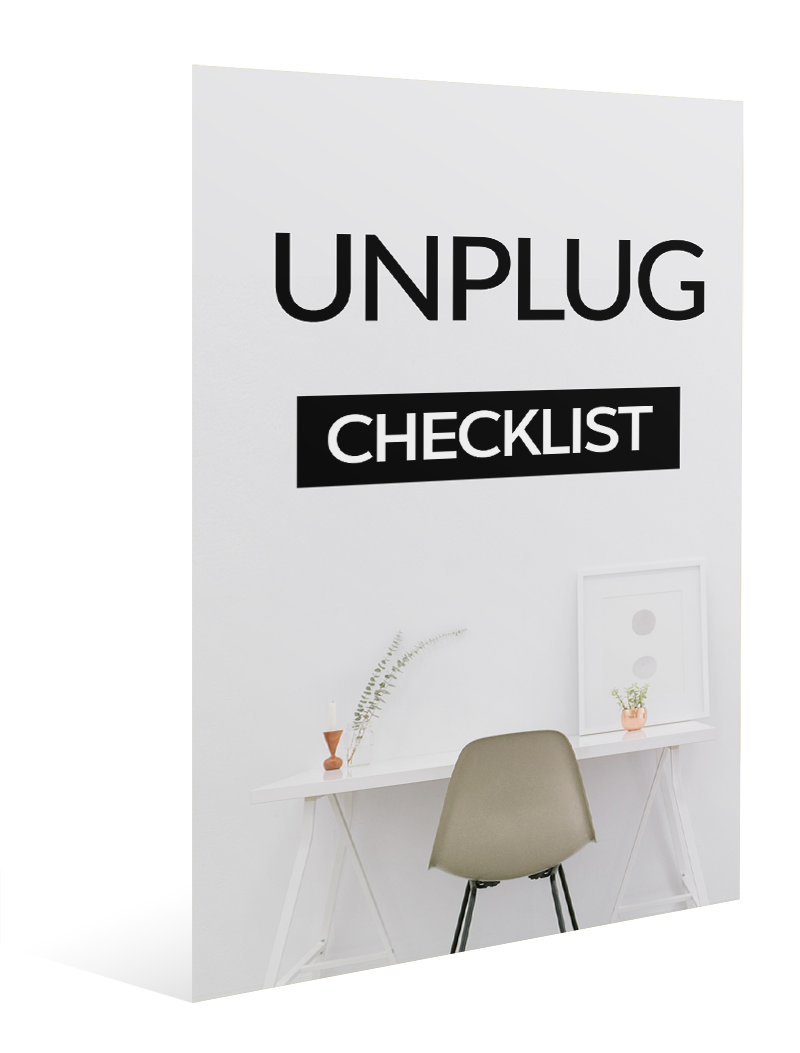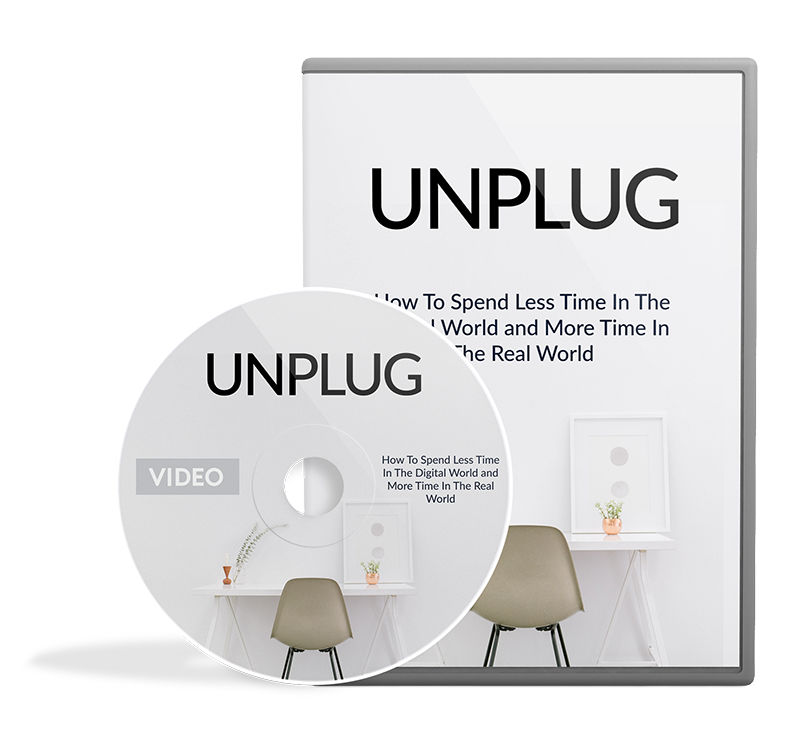Description
Unplug: How to Spend Less Time in the Digital World and More Time in the Real World
The digital world often consumes our time, attention, and energy in today’s hyper-connected society. From endless scrolling on social media to the constant barrage of notifications, it’s easy to lose sight of the moments that truly matter. Unplugging—stepping away from digital devices to engage more fully with the real world—has become necessary for mental clarity, productivity, and emotional well-being. Here’s how you can embrace this shift and reclaim balance in your life.
Why Unplugging Matters
The average person spends over seven hours a day on digital devices. While technology offers convenience and connection, overuse can lead to digital fatigue, anxiety, and a lack of meaningful real-world interactions. Unplugging isn’t about eliminating technology but about setting boundaries to create a healthier relationship with it.
Benefits of unplugging include:
- Improved mental health: Reducing screen time alleviates stress and promotes mindfulness.
- Enhanced relationships: Being present fosters deeper connections with loved ones.
- Boosted productivity: Fewer distractions lead to better focus and efficiency.
- Better sleep: Disconnecting from screens before bedtime improves sleep quality.
Practical Tips to Unplug
- Set Device-Free Zones Designate areas in your home where digital devices are off-limits, such as the dining room or bedroom. This encourages real conversations and ensures quality time with family and friends.
- Schedule Tech-Free Time Dedicate specific hours of the day to be entirely offline. Use this time to engage in activities you enjoy, such as reading, cooking, or exercising.
- Disable Non-Essential Notifications Turn off notifications for social media, email, and other non-urgent apps. This reduces distractions and helps you stay focused on the present moment.
- Use Digital Well-Being Tools Leverage apps that monitor screen time or limit usage of certain applications. These tools help you track and manage your digital habits effectively.
- Practice Mindful Consumption Be intentional about how you use technology. Instead of mindlessly scrolling, set specific goals for your online activities, such as learning a new skill or catching up with friends.
- Rekindle Offline Hobbies Rediscover activities that don’t require a screen. Painting, gardening, hiking, or playing board games can provide joy and a sense of accomplishment.
- Connect with Nature Spend time outdoors to recharge. Whether it’s a walk in the park or a weekend camping trip, nature offers a calming escape from digital overstimulation.
- Encourage Face-to-Face Interactions Make an effort to meet friends and family in person rather than relying solely on digital communication. Face-to-face interactions strengthen bonds and foster empathy.
Resources to Help You Unplug
To support your journey, www.oodlay.com offers a comprehensive toolkit for unplugging:
- High-Quality Videos: Video tutorials guide you through actionable strategies for reducing screen time and embracing real-world connections.
- Premium eBook: A detailed guide that delves deeper into the psychology of digital addiction, practical tips for unplugging, and inspiring success stories.
- Cheat Sheet: A quick reference guide with essential steps to create a balanced digital lifestyle.
- Resource Sheet: A curated list of tools, apps, and offline activities to support your unplugging efforts.
- Mind Map: A visual representation of strategies and benefits to keep you motivated and organized.
The Rewards of Unplugging
By unplugging, you’ll gain more time to pursue your passions, strengthen your relationships, and cultivate a deeper sense of well-being. It’s not about rejecting technology but about using it intentionally and prioritizing what truly matters. Start small by setting daily limits and gradually expand your unplugging efforts. The real world is waiting for you—one meaningful moment at a time.
Read More :













Reviews
There are no reviews yet.